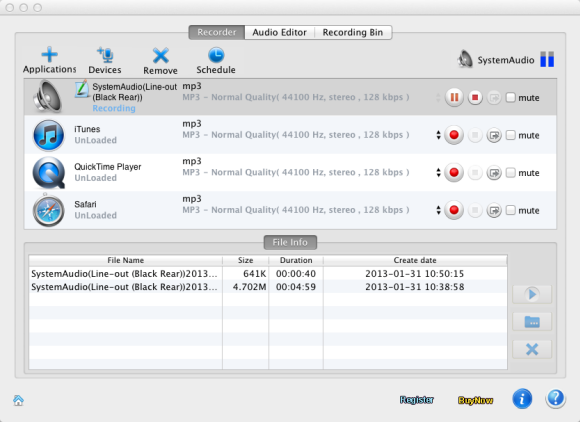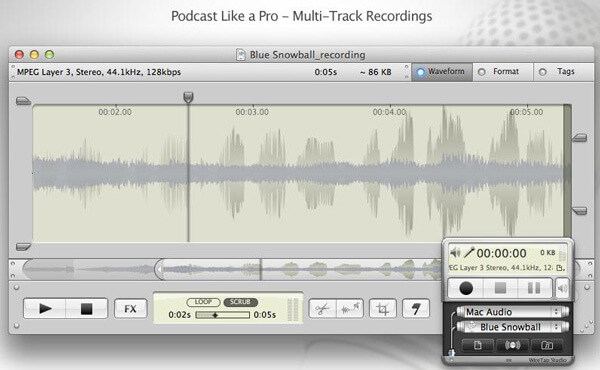

Now plug your headphones into your interface’s headphone port. If your interface has a volume dial, make sure this is turned down to the minimum. Connect the inputs on your speakers to the outputs on your interface. Make sure your monitor speakers are switched off before connecting the audio cables between your speakers and audio interface.

Click on Driver Type and select CoreAudio (Mac) or ASIO (Windows):.

Open Live's preferences to the Audio tab.We recommend that you never connect audio interfaces to a USB hub, but always directly to the computer's port. Connect the USB cable between your computer and the interface.On Mac this is a Core Audio driver, on Windows there are various driver types available but ASIO is the best option. Windows users also have the option to install Asio4All which is a freeware universal audio driver. Firstly, download and install the latest driver for your audio interface (if available).A USB interface is used for this example. Most external audio interfaces use either USB, Thunderbolt or Firewire to connect to your computer. Audio interfaces generally improve the sound quality, allow you to achieve less latency and give you more options such as multiple inputs and outputs as well as record monitoring capabilities. An audio interface allows you to connect microphones, instruments and other sources to your computer, so that you can record them into Live.


 0 kommentar(er)
0 kommentar(er)
